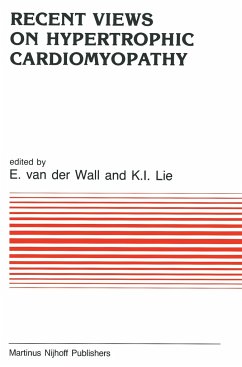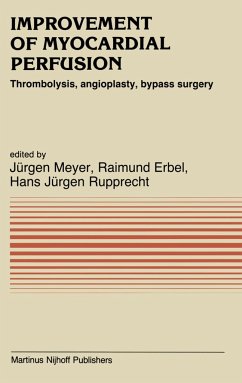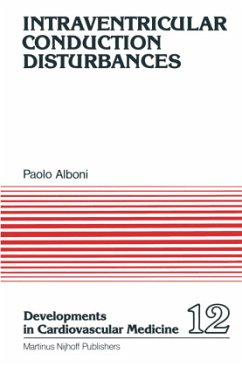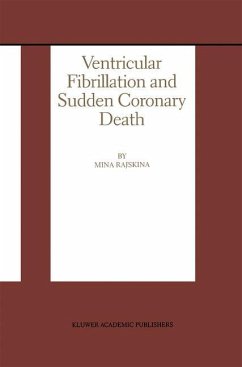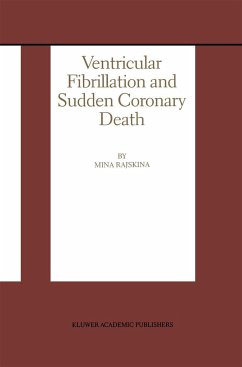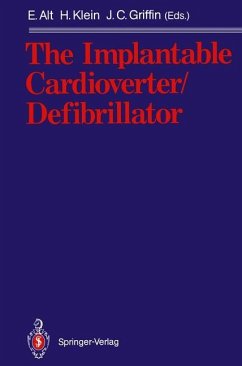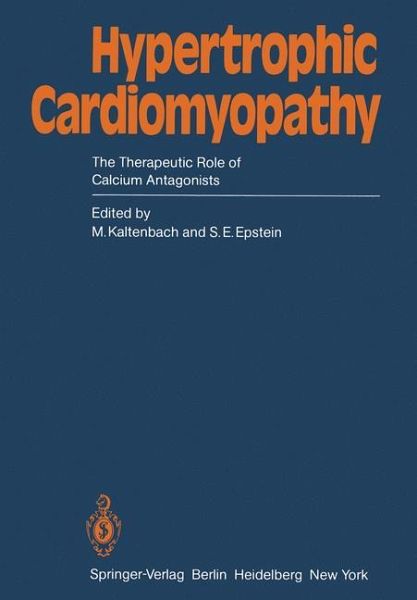
Hypertrophic Cardiomyopathy
The Therapeutic Role of Calcium Antagonists
Herausgegeben von Kaltenbach, M.; Epstein, S.E.
Versandkostenfrei!
Versandfertig in 1-2 Wochen
77,99 €
inkl. MwSt.

PAYBACK Punkte
39 °P sammeln!
First described in 1907 by Schicke but recognized as a clinical entity only as recently as 1958, when Teare published the pathologic findings in patients with hypertrophic cardiomyopathy (HeM), an explosion of knowledge about this fascinating disease has occurred, which has caused a profound evolution of our understanding of its broad pathophysiologic and clinical spectrum. Progress has been particularly rapid in the past few years when M-mode echocardiography, and more recently 2-dimen sional echocardiography have been applied to the study ofHCM. In addition to new insights as to what the dis...
First described in 1907 by Schicke but recognized as a clinical entity only as recently as 1958, when Teare published the pathologic findings in patients with hypertrophic cardiomyopathy (HeM), an explosion of knowledge about this fascinating disease has occurred, which has caused a profound evolution of our understanding of its broad pathophysiologic and clinical spectrum. Progress has been particularly rapid in the past few years when M-mode echocardiography, and more recently 2-dimen sional echocardiography have been applied to the study ofHCM. In addition to new insights as to what the disease is, there has been enormous progress concerning its treatment, with the application of beta-adrenergic blocking agents and surgical relief of left ventricular outflow tract obstruction. Although these approaches have led to great strides in the symptomatic control of the disease, many patients' symptoms have remained refactory to medical and surgical therapy. Most discouragingly, suddendeath still occurs, even in patients on large doses of beta-blocking agents and in patients who have had surgical relief of left ventricular outflow tract obstruction.



